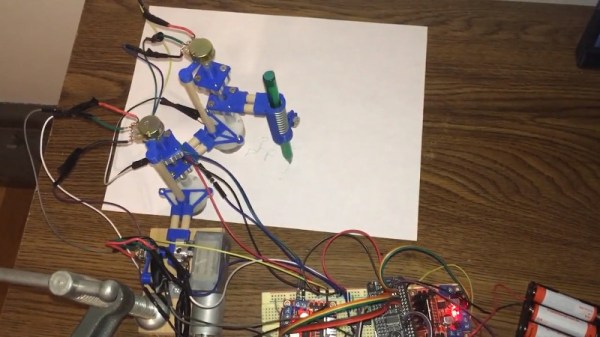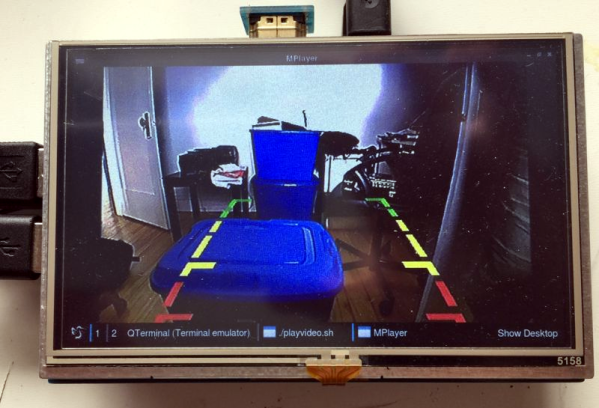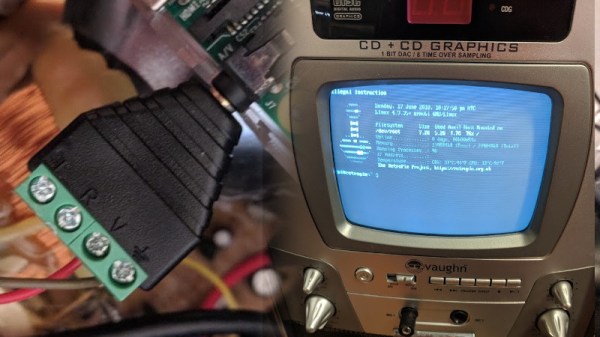The Raspberry Pi platform has become popular in the maker community for various CNC projects. The single board computers are readily suited to acting as a server for a small CNC setup or 3D printer, though it’s fair to say that for heavy work they probably aren’t quite up to the task of driving the steppers in a serious rig directly. [Danny] set out to try to build a CNC plotter of his own, using a Pi Zero, and learned a few things along the way.
The plotter uses 3D printed parts combined with brushed DC motors which are geared down. Potentiometers are added to allow the Pi to keep track of the location of the pen. This enables the position to be corrected through feedback.
While the plotter does move and accept commands, it does have some issues. There is significant play in the gear train which [Danny] suspects of causing the poor output results. If you’ve got any ideas as to how this could be improved or overcome, throw them down in the comments!
We’ve seen another take on CNC control with the Raspberry Pi, too. Video after the break.

















